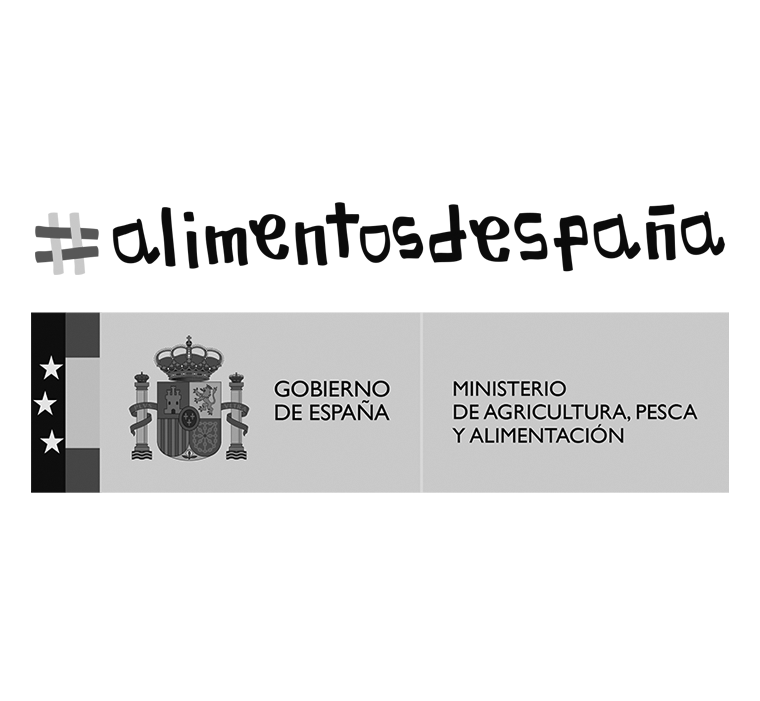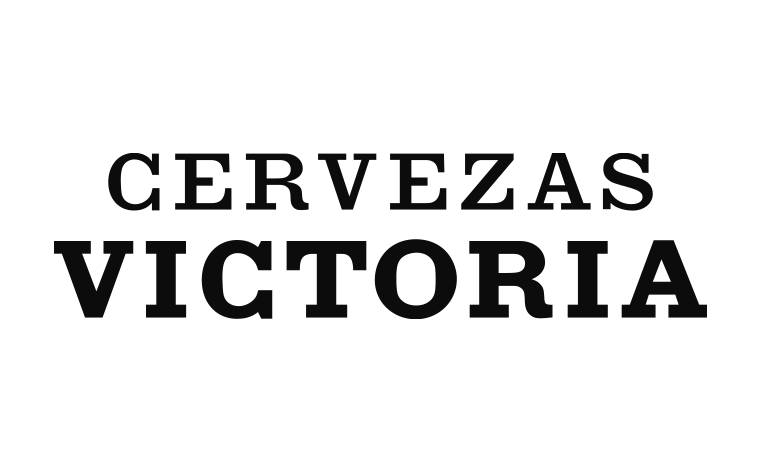Reflections on territory and art; the search for the American dream and a documentary with hints of fiction in the official Documentary section
The architect Daniel Natoli and the mathematician Carlos Essmann, respectively, directed the short and feature films that opened the fourth day of the official Documentaries in Competition section on Monday, a multidisciplinary session that also featured the participation of the contemporary Catalan artist Martí Anson and offered films that invited reflection on art, territory and everyday life, using the appropriation of images and humour as creative tools.
'I studied architecture, but I added audiovisual tools to my training to continue thinking about the city. However, it’s very complicated to carry out any purely critical project in this city. Sometimes, I’ve done it precariously, but we need to make the invisible visible', Daniel Natoli explained when talking about his documentary Viaje alrededor de mi ordenador to the audience at the Andalusian Tourism and Sports Room.
Using the city of Malaga as an object of investigation, Daniel Natoli has created a documentary in which he visualises the consequences of the tourist economy of platforms; a process mediated by data, images and online cartographies, which, according to the filmmaker, profoundly alters the space, the ways of relating to its inhabitants, and even the very representation of cities, which have become mere spectacle.
The city and its anonymous inhabitants are also the starting point for the work of Martí Anson, artist and protagonist of the film Artefacto 71, in which the Argentinean director Carlos Essmann attempts to raise questions about art and its purpose. 'I had no idea about art. I’m a mathematician, a scientist. One day, I met Martí, who lived in Mataró, the same city as me, and I started to ask ‘What does an artist do?’ This is the aim of the film', Essman explained in the discussion that followed the screening.
On this fourth day, the second screening of the official Documentaries in Competition section brought two proposals of boundless imagination exploring reality and illusion. The documentaries It Was Hot That Day: A Jandiman Story and Otro Sol offer stories that travel between the two shores of Spain and Latin America.
In It Was Hot That Day: A Jandiman Story, its director Chisco Valdés, a Guatemalan visual artist and filmmaker based in Barcelona, actively explores the fusion between fiction and reality. 'In 2020, I went to live in the US, make money and return to Spain to continue making films. The pandemic came and I couldn’t go back. So, I started to make a diary recording with my mobile phone. At first, I didn’t know what to do with so many photos and videos, but I saw that they had cohesion, and I wrote a script. I even used AI to awaken new ways of connecting the images', Chisco explained his poetic work about the American dream to the Festival audience.
The dreamscape also serves as a reference for the Chilean Francisco Rodríguez Teare, director of Otro Sol, his first feature film. Currently working on an artistic residency in the United Kingdom, Teare was unable to attend the Festival de Málaga. On his behalf, producer Fidel Pérez and actors Iván Cáceres and Sebastián Pan Paau attended the audience. 'I really admire Francisco Teare’s ability to make it possible for anyone to act, because most of the people in the cast aren’t professional actors', said Iván Cáceres.
Otro sol seeks to invent and verify the myth of Alberto Cándia, a Chilean international thief who robbed the Cádiz Cathedral in Andalusia. Through interviews with his family, his former robbery companions and invented characters, little by little the testimonies and documents rewrite the real and create a fiction.
Share































